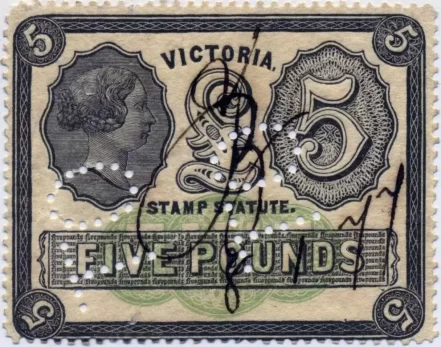Perfins, or perforated initials punched into stamps, form distinctive patterns of letters, numbers, or designs, serving as a security measure to prevent theft and unauthorized use of postage stamps. While the belief that stamps should be in perfect condition is common, perfins represent a unique area of stamp collecting that embraces imperfections.
Perfins were first authorized for use in the United States on May 8, 1908, primarily for security purposes. They replaced company overprints on stamps and were intended to prevent theft by transforming uniform stamps into uniquely identifiable items. The use of perfins on postage stamps is regulated, with specific guidelines on hole diameter and design area.
Perfin collecting typically focuses on punched patterns on postage stamps and excludes cancel punches used on revenue stamps. These patterns can be of private or official origin, with examples ranging from company logos to official emblems like the coat-of-arms of the City of London.
More than 200 stamp-issuing entities worldwide permit or have permitted the use of perfins as security devices, with Great Britain, Germany, and the United States having thousands of identifiable patterns. Perfins can vary in size, shape, and complexity, with some users having multiple patterns to distinguish branch offices or differentiating patterns based on size.
Perfins are often found in old stamp collections or lots, typically off cover. Some collectors focus on specific types of perfins, such as those from railroads, insurance companies, colleges, or shoe companies, while others collect based on design types like single-letter patterns, numerals, words, or specific motifs.
Mounting a perfin collection can be done in various ways, including the traditional method of mounting stamps on album pages or mounting stamps face down to highlight the perfin design.

